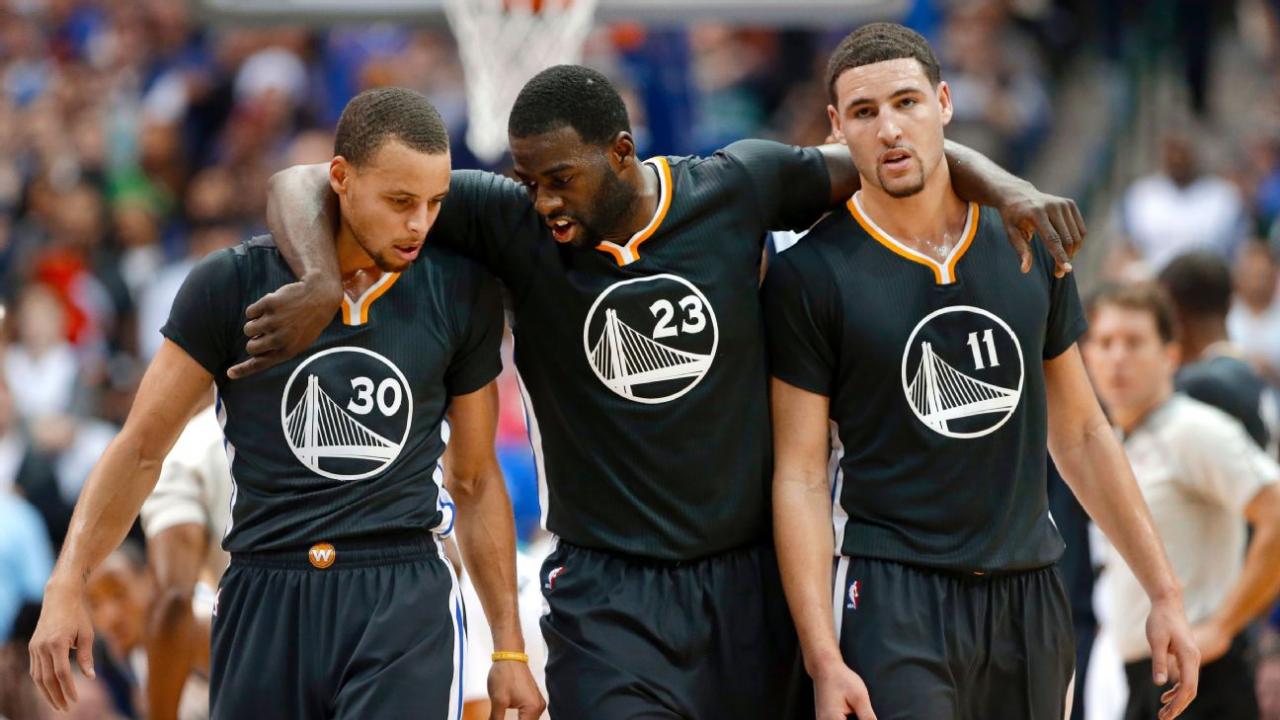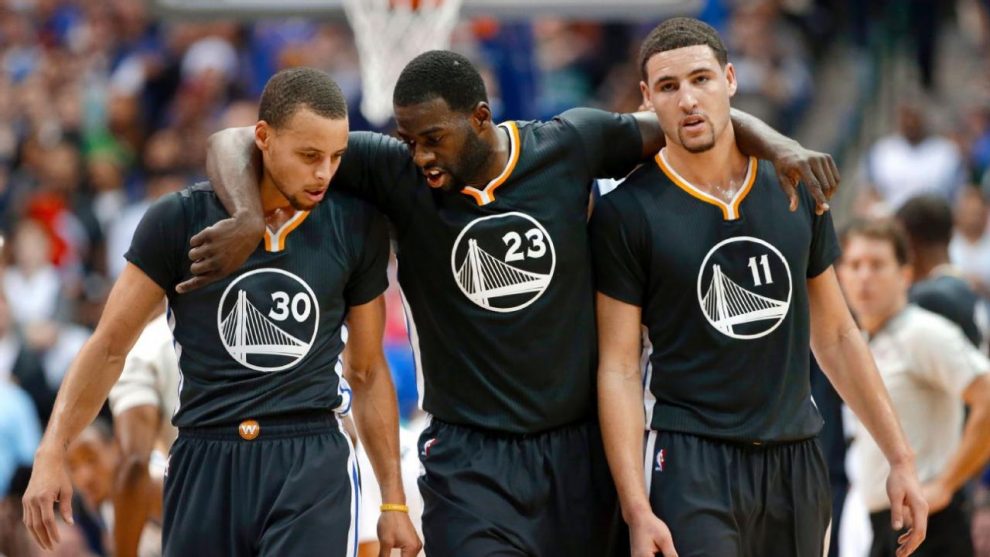
Introduction
In recent years, the NBA has witnessed a significant shift in playing styles, with teams embracing a positionless approach to the game. This revolutionary concept challenges traditional basketball norms by emphasizing versatility, skill, and adaptability over fixed positions. In this article, we will explore the rise of positionless basketball in the NBA, its impact on team strategies, the role of technology, and provide real-life examples that illustrate this transformative trend.
1. Breaking the Mold: The Emergence of Positionless Basketball
Positionless basketball challenges the conventional notion of players fitting into specific positions, such as point guard, shooting guard, small forward, power forward, and center. Instead, teams prioritize skills and attributes that transcend traditional positions, such as ball handling, shooting, court vision, and defensive versatility. This approach encourages players to be multi-dimensional and adaptable to different roles on the court.
2. Technology’s Influence: Data-Driven Decision Making
Technological advancements have played a pivotal role in the rise of positionless basketball. The availability of advanced analytics and player-tracking systems has provided teams with valuable insights into player performance, efficiency, and contributions across different areas of the game. Coaches and front offices can now make data-driven decisions based on objective measurements, identifying players who possess the requisite skills for positionless basketball.
3. Small Ball Revolution: The Rise of Versatility
The small ball revolution, characterized by teams employing smaller lineups and emphasizing speed and skill, has been a catalyst for the adoption of positionless basketball. By eschewing traditional centers in favor of versatile players who can defend multiple positions, teams gain an advantage in terms of floor spacing, ball movement, and defensive flexibility. This shift has been exemplified by teams like the Golden State Warriors, who won multiple championships with their small ball lineups.
4. Case Study: The Milwaukee Bucks and Giannis Antetokounmpo
The Milwaukee Bucks, led by their superstar player Giannis Antetokounmpo, provide a compelling case study of positionless basketball in action. Antetokounmpo’s unique combination of size, athleticism, and skills allows him to excel in various positions on the court. His ability to handle the ball, attack the rim, defend multiple positions, and make plays for his teammates embodies the essence of positionless basketball. As Giannis himself stated, “I don’t see myself as a position. I see myself as a basketball player.”
5. The Evolution of Team Strategies: Adaptive Systems
The rise of positionless basketball has necessitated the evolution of team strategies and systems. Coaches now design offensive sets and defensive schemes that maximize the skills of versatile players. This often involves fluid player movement, off-ball screens, and constant motion to exploit mismatches and create scoring opportunities. Teams that successfully embrace positionless basketball not only adapt to the strengths of their players but also exploit the weaknesses of their opponents.
6. The Impact on Player Development and Recruitment
Positionless basketball has also influenced player development and recruitment at all levels of the game. Young players are encouraged to develop a broad skill set rather than specialize in a single position. Coaches and scouts look for prospects with the ability to contribute in multiple areas, emphasizing versatility, basketball IQ, and adaptability. This shift has redefined the criteria for success in player evaluation and player development programs.
Conclusion
The rise of positionless basketball in the NBA represents a departure from traditional positional norms, prioritizing versatility, skill, and adaptability. Enabled by advancements in technology, teams have embraced this revolutionary approach, emphasizing multi-dimensional players who can excel in various roles on the court. The success of teams like the Golden State Warriors and players like Giannis Antetokounmpo exemplify the impact of positionless basketball in redefining team strategies and player evaluation. As the game continues to evolve, positionless basketball is likely to shape the future of the NBA, revolutionizing how the game is played and enjoyed.











